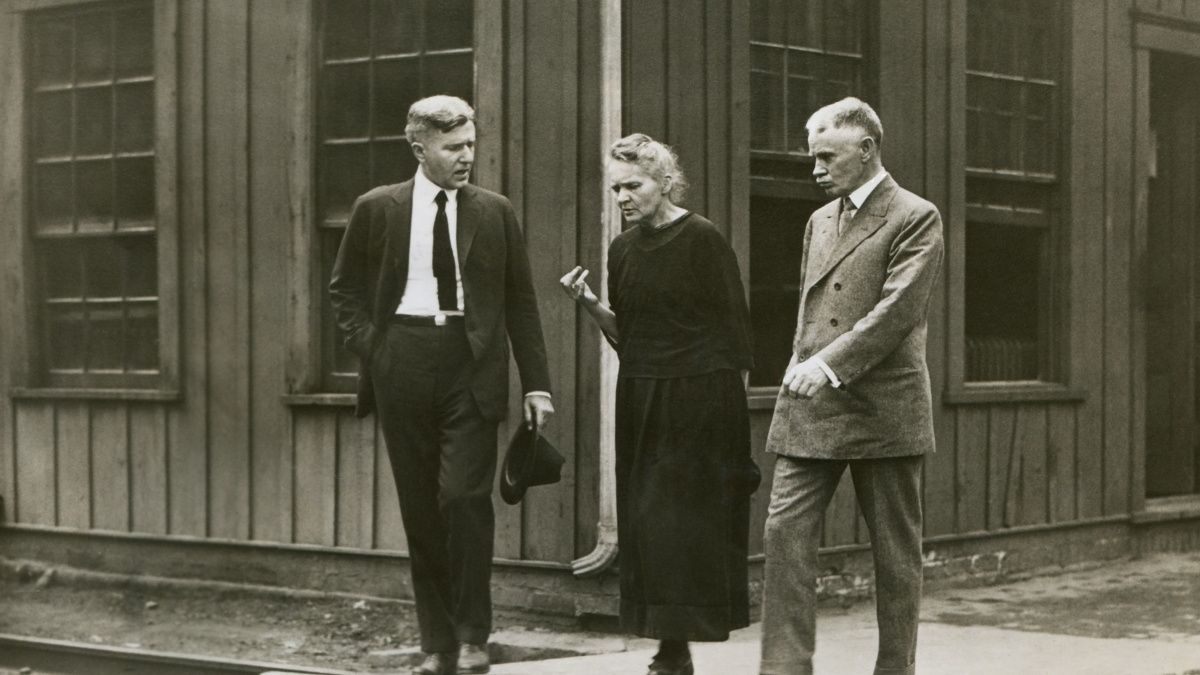Key Points
- Marie Curie was the first woman Nobel Laureate and only person to win in Physics (1903) and Chemistry (1911).
- She pioneered radioactivity research and discovered the elements polonium and radium.
- She has also developed mobile X-ray units ("Little Curies") that saved lives during World War I.
Marie Curie. The name echoes with the revolutionary crackle of scientific discovery and the quiet tenacity of a woman who overcame immense barriers. In an era when the world of science was almost exclusively a man's domain, Maria Skłodowska-Curie, born in Poland and later a naturalized French citizen, did not just participate; she led a revolution.
She is still the only person to have won the Nobel Prize in two different scientific fields: Physics in 1903 and Chemistry in 1911. Her important work, which included coining the term "radioactivity" and isolating the new elements radium and polonium, did more than just fill in gaps in the periodic table.
It laid the groundwork for modern nuclear science and medical breakthroughs like cancer treatment. This biography of Marie Curie looks at her life and legacy as a tireless researcher whose work to improve people's lives through science continues to inspire curious readers and future innovators.
Who was Marie Curie?
Marie Curie, whose full name was Maria Skłodowska, was a Polish-French physicist and chemist who changed the way we think about matter and energy in a big way.
Early Life and Education
She was born in Warsaw in 1867 and was a very smart child of teachers. She moved to Paris in 1891 to study at the Sorbonne University because women in Poland couldn't get an education. She worked as a governess to help pay for her sister's medical school tuition before going to school herself, where she did very well in math and physics.
A Scientific Partnership
She met French physicist Pierre Curie in 1894, and they got married a year later. One of the most productive and dedicated scientific partnerships in history was based on their shared love of science and research.
,-c.-1903.-The-couple-shared-the-1903-Nobel-Prize-in-Physics-with-physicist-Henri-Becquerel-1762521847307.jpg)
Pierre Curie and Marie Sklodowska Curie (1867-1934), c. 1903. The couple shared the 1903 Nobel Prize in Physics with physicist Henri Becquerel
Breaking the Glass Ceiling
She became the first woman to hold a professorship at the Sorbonne when she was named Professor of General Physics in 1906, after her husband died in a tragic accident.
What is Marie Curie Famous For?
Marie Curie's long-lasting fame comes from her two big scientific discoveries and the fact that she was the first woman to do many things in science.
Pioneering Radioactivity Research
She started looking into the strange rays that Henri Becquerel had found, and she was the first person to see that thorium was also radioactive. She came up with ways to accurately measure the radiation given off by compounds, which is how she came up with the word "radioactivity." She proved that radiation was an atomic property, an insight that revolutionized physics and laid the foundation for the field of atomic physics.

Marie Curie walking with fellow scientists at the radium refinery plant in Pittsburgh, PA, 1921
Discovery of Polonium and Radium
She worked with her husband, Pierre, to process tons of pitchblende ore in a makeshift shed, which was a huge job. This difficult, multi-year project resulted in the discovery of two new, very radioactive elements:
-
Polonium (1898): Named after her native country, Poland (Polska).
-
Radium (1898): Discovered for its intense radioactivity.
Marie Curie's Legacy is Underscored by her Two Nobel Prizes
1903 Nobel Prize in Physics: Shared with Pierre Curie and Henri Becquerel for their joint research on radioactivity. She was the first woman ever to receive this honor.
1911 Nobel Prize in Chemistry: Awarded solely for her work in isolating pure radium and for her investigations into the properties of these elements. This made her the only person to claim the prize in two separate scientific fields.
Check Out: All Nobel Prize Winners in Physics (2025 - 1901): Check List
Marie Curie's life was a lesson in how to be deeply curious and deeply human. Her groundbreaking research on radioactivity and her discovery of radium and polonium laid the groundwork for modern medicine and science. Her tireless work in research and helping others cemented her legacy as an unparalleled scientific pioneer whose influence is still felt around the world.
Comments
All Comments (0)
Join the conversation